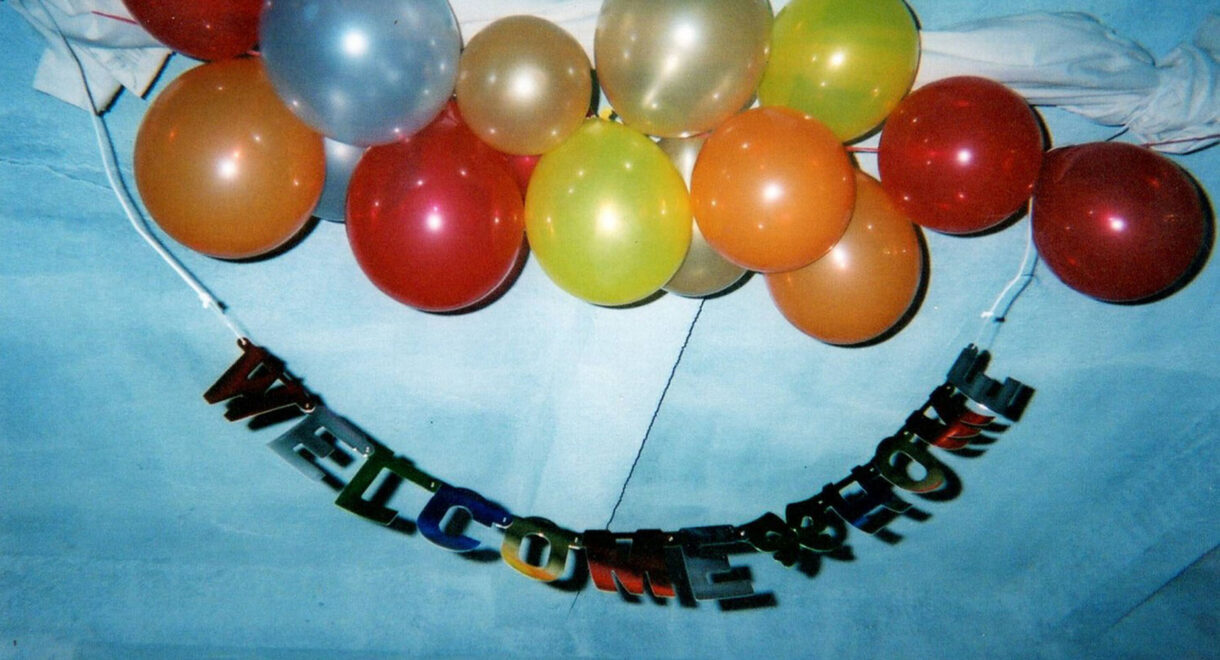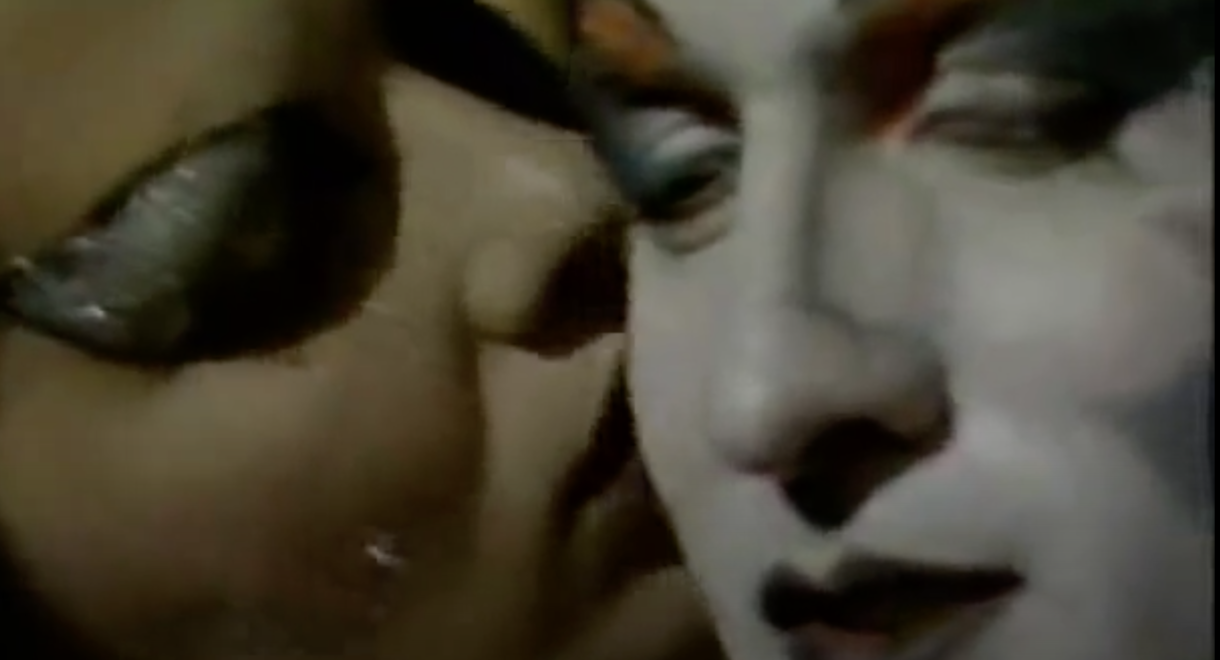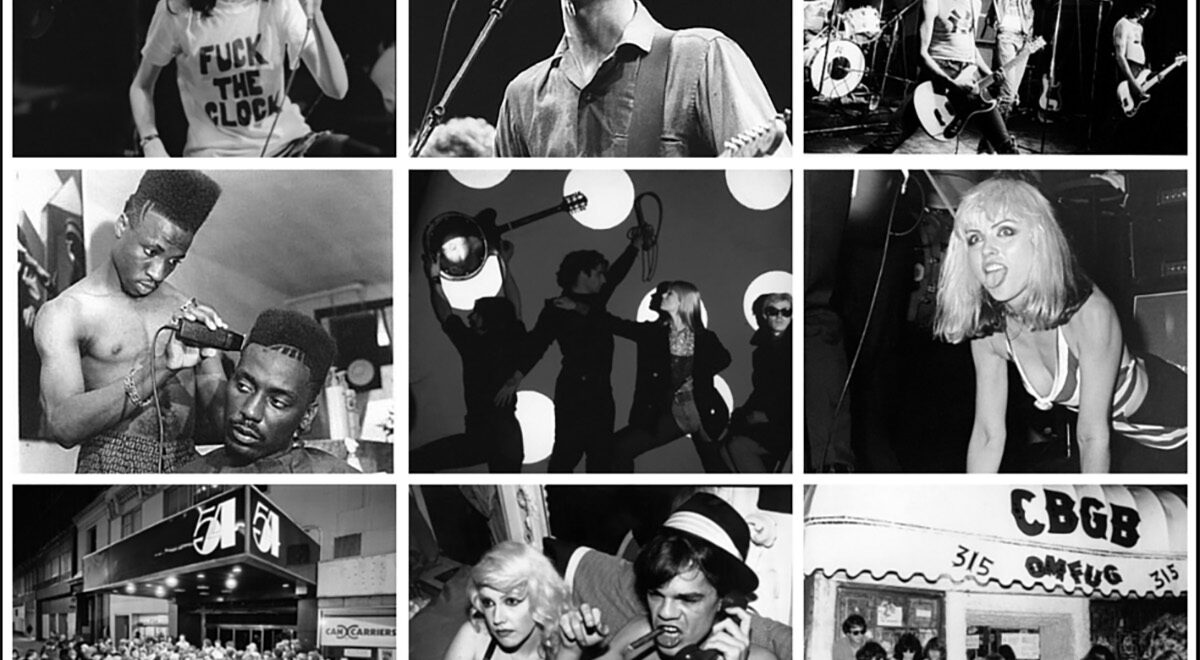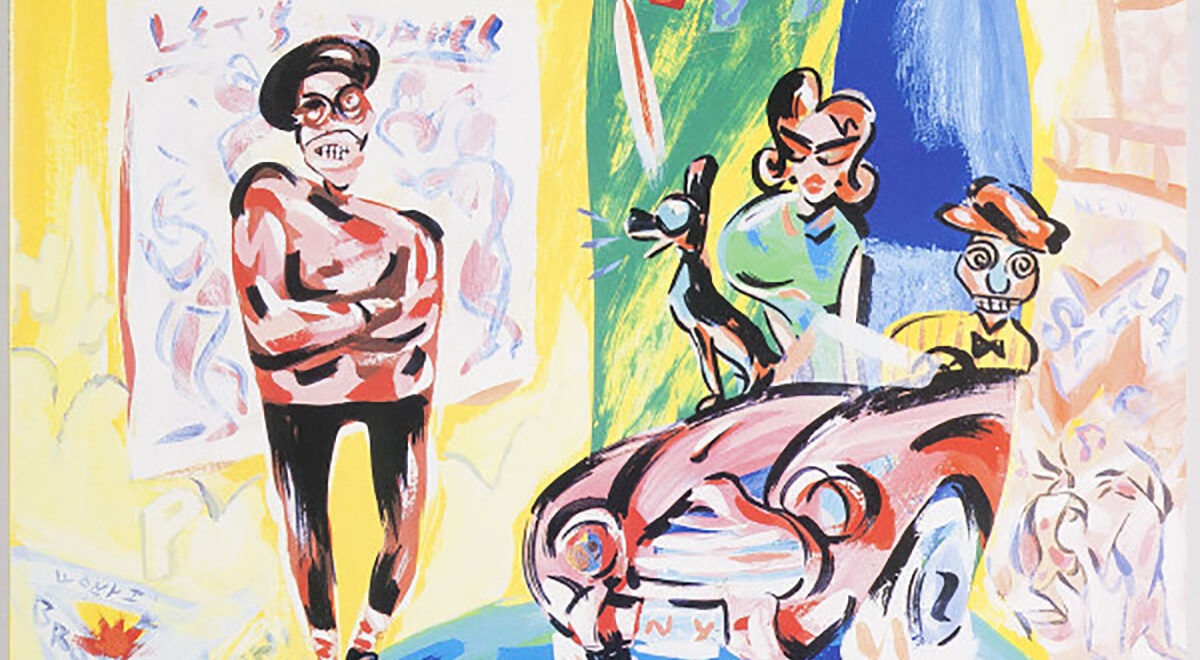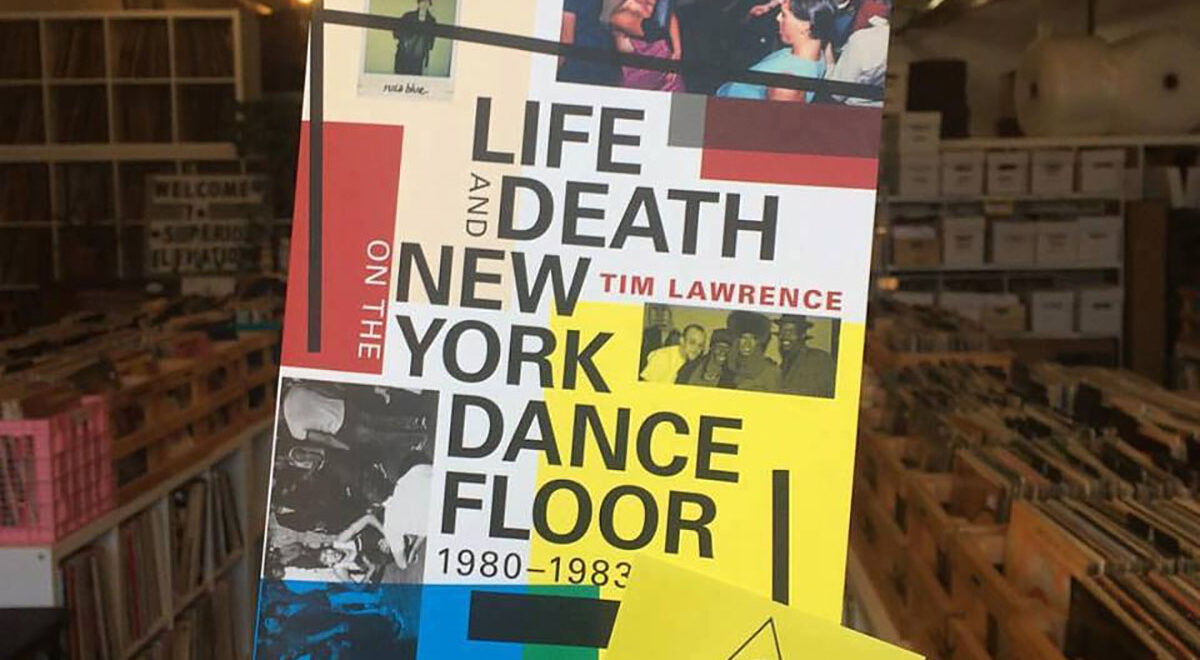Gelareh Khoie shares the story of thirtyninehotel, a legendary nightclub, art gallery, and performance space powered by Klipschorns from David Mancuso’s Prince Street loft parties. Love (Art & […]
A Look Inside the Hi-Fi Equipment behind Paradise Garage
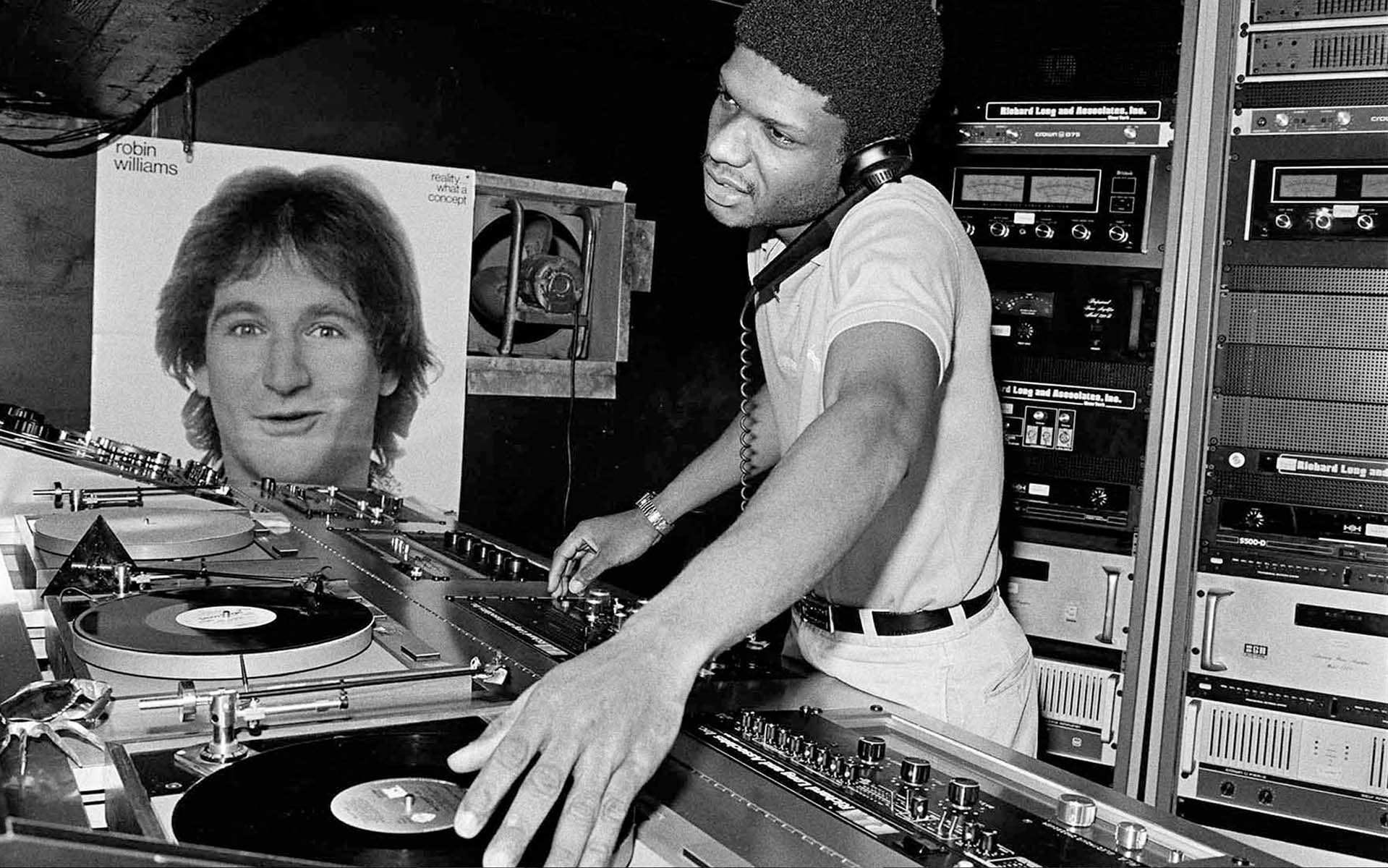
Introducing Soundsystems, an in-focus feature series on the Hi-Fi equipment of the past, and the notorious clubs and DJ’s that used them.
An absurd amount of precision, fine-tuning and constant reinvention is needed to build and maintain a legendary sound system. Even in our humble little ISC space, maintaining high fidelity daily with all vintage analog gear has proven difficult. So it’s tough to imagine just how much gear was needed to apply high fidelity sound to a 5,000 square foot dance floor.
The sound system at the historic NYC discotheque Paradise Garage revolutionized the nightlife experience. It spawned the era of dancing rather than talking. Its DJs, most notably Larry Levan, became centers of attention whose influence sparked the rise and eventual takeover of Disco. And the sound system was truly high fidelity; the Garage was among the first contemporary dance clubs to actually apply scientifically researched acoustic principles.
Located at 84 King St. in SoHo and operational for a single decade starting in 1977, the Garage introduced not only one of the greatest selectors dance has ever seen in Levan, but it also introduced one of the very first Hi-Fi sound systems.
The exact details and specs of the Garage’s incredible customized system has been somewhat of a mystery, other than what you can surmise from the available photos of Levan’s famed console, or by searching for the speakers and their placement amid photos of the dancing masses.
But if the Garage was just known for its sound, it wouldn’t have been the hallowed destination it became. More important was the feeling of the room, its place in time, and the sublime experience of first hearing great music through a great system. That equation, combined with Levan being fed promos directly from labels, some of which made artists’ careers with a single spin, led to dance floor magic.
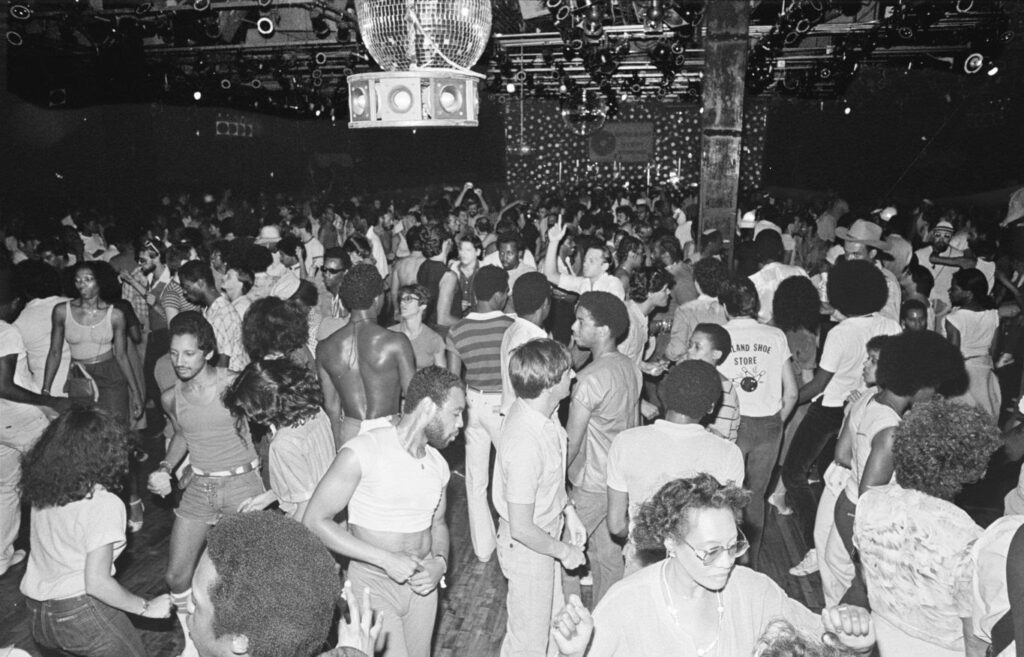
A comprehensive and full breakdown of the DJ booth is still not really available, and it was upgraded throughout its existence, but here’s our best effort to source all known information and find out what made this a legendary sound.
Turntables
DJ’s concerned with the highest fidelity, like Levan and fellow NYC hi-fi aficionado David Mancuso, used specifically German Thorens TD-125 belt drive turntables instead of of the more DJ oriented direct-drive Technics. Of course it’s almost laughable to think about mixing on these. If you touch the plates too hard they stop spinning, and they’d take way too long to speed back up, and back-cueing was virtually impossible. Three of these turntables all lived in a platform bed, floating on an elastic suspension made out of rubber bands in order to provide vibration isolation. Finishing touches? The set-up was installed alongside a massive silver-faced custom console — and weirdly complimented by a giant Robin Williams poster next to it.
Tonearms and Cartridges
For tonearms Larry switched between the brands Grace and Infinity – specifically the Grace 747 and the Infinity Black Widow tonearm. Both are lightweight and low mass but robust enough to allow the records a little more give. They could shake and wave due to the hostile environment without losing traction. For cartridges, Larry would use cheaper cartridges early on in the night and switch to Grace F9’s at choice peak hours.
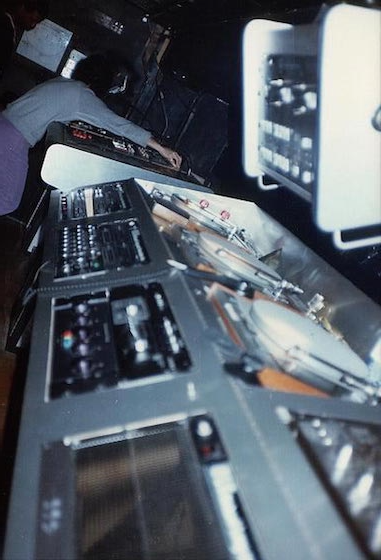
Mixers
The house rotary mixers were either an Urei 1620 or a Bozak CMA-10-DL2 with Urei crossovers and Richard Long customizations. The Urei, specifically, was an iconic standard in many of the famous nightclubs from the past. It was used at Studio 54, Palladium and the Saint in New York City, for example. A highly sought after mixer to this day, famous for its clean and round, fat sound.
Amplifiers
The two amp racks that powered the house contained beautiful McIntosh amplifiers for the mids and highs. Crown PSA amps were used for the Bertha-like subwoofer cabinets, along with the BGW amps such as the 750B and the Model 1000.
Reel to Reel Player
Levan also famously used a Technics 1505 reel-to-reel tape player to make his own edits of tracks or build entirely new music on the fly, often spending many hours cutting tape to create them. These extended, hand-made instrumental breaks — as well as his reinventions of existing tracks — played a big role in cementing his reputation.
Secret Weapons
The reel to reel was his main improvisational tool but for effects, Levan also favored a DeltaLab digital delay and its transformative multi-effect processor with a flanger, doubler, echo, phaser, and chorus. On very rare occasions, Levan would also plug in a keyboard and play live over tracks.
Headphones
In almost any photo of Levan mixing you’ll see his ear placed on a Sennheiser 412 mono stick lollipop headphone, which he used exclusively. It’s a single-ear cup-headphone that combined the left and right channels from the mixer into a mono signal. The device has its roots at the beginning of DJing and was preferred by a lot of the old school legends. During loud proto-house sets, the stick and non over-ear headphones helped Levan and others focus more on the sound of the dance floor while also matching beats via the cue signal.

Speaker System
The garage commissioned master carpenter and sound designer Richard Long and Al Fierstein, who built wooden speaker boxes by hand. They drew from the design of Klipsch cabinets, and remained in constant communication during the Garage’s operation for tuning and retuning. Justin Berkmann, founder of Ministry of Sound in London best explained it: “Rather than EQing the system, they EQ’d the room. So they took the whole concept of a sound system and turned it on its head by fitting the room around the sounds rather than the other way.”
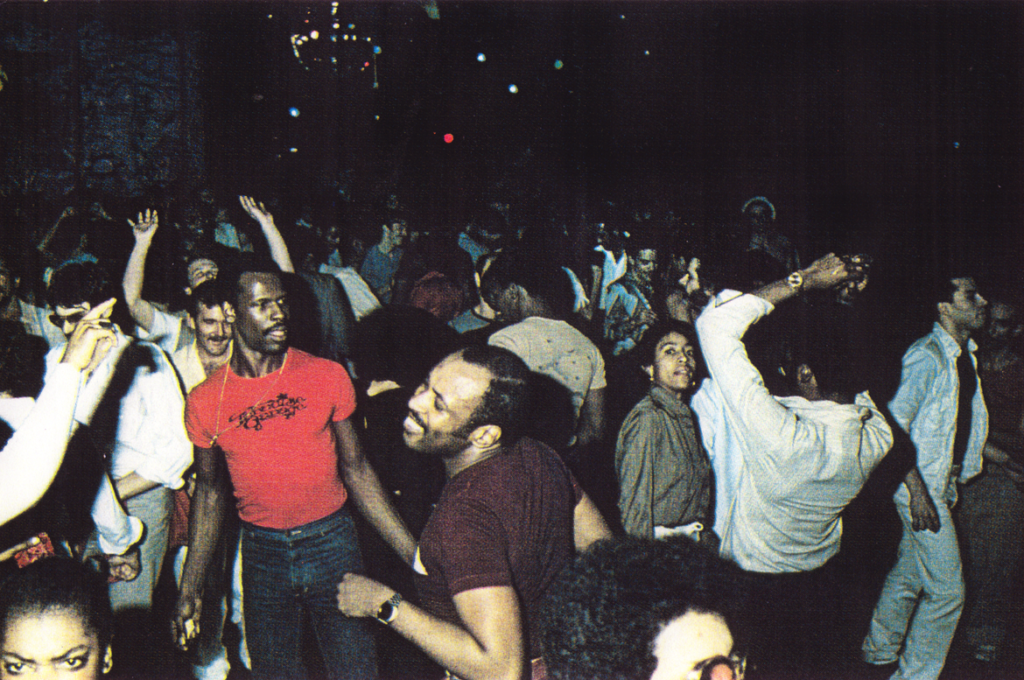
To procure quality sound for their 5,000 square foot dance floor, and after many experiments and tinkering, the finalized setup is something to behold:
Four Waldorf bass speakers, the high ends consisting of the largest available JBL horn lens, which electronically crossed over at 800 hz. The speakers featured a custom sub-bass horn called the “Levan Horn,” which consisted of two parts: a main cabinet, with a large “W” type hyperbolic folded horn, fueled by two 500 watt custom-built 18” drivers — and an extension which bolted onto the mouth of the “W” horn. The extension alone was 8 feet wide and 3 1/2 ft. high. That 28 square feet of mouth could apparently overwhelm a quartet of scaled-up Klipschorns all playing together at once (!!!!!!!!!).
In the ceiling? A pair of JBL tweeter arrays hung approximately 9 feet above the dance floor. Bonus: They were controlled through a special electronic crossover system, with a gain switch that Levan would play, for effect, at a level higher than the main system.
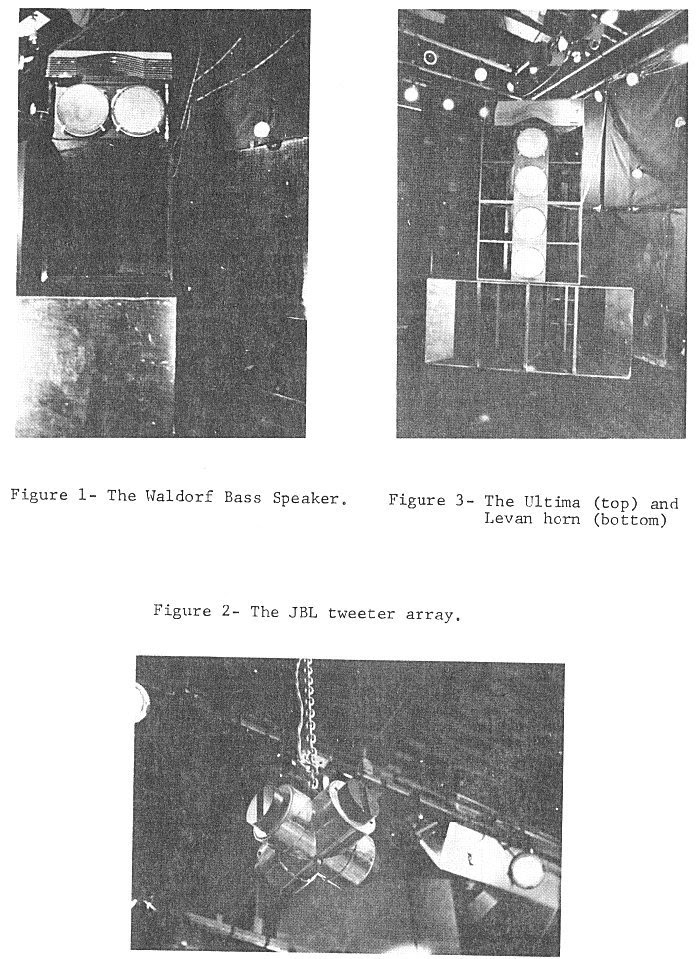
There was more. A full range system called the Ultima, was made of three stackable sections placed in each corner of the room and supported by the custom “Levan Horn.” The longer walls of the room had at their center points Waldorfs, smaller subwoofers and six tweeter arrays over the floor. Precisely placed, they were powered by two fully stacked racks of amps.
For those interested in the real ins and outs, there is a full rundown. A paper detailing was presented at the International Convention of the Audio Engineering Society and can be seen in full at Alan Fierstein’s Acoustilog website, one of the two who literally built the Garage and Studio 54’s system.
https://www.acoustilog.com/disco1.html
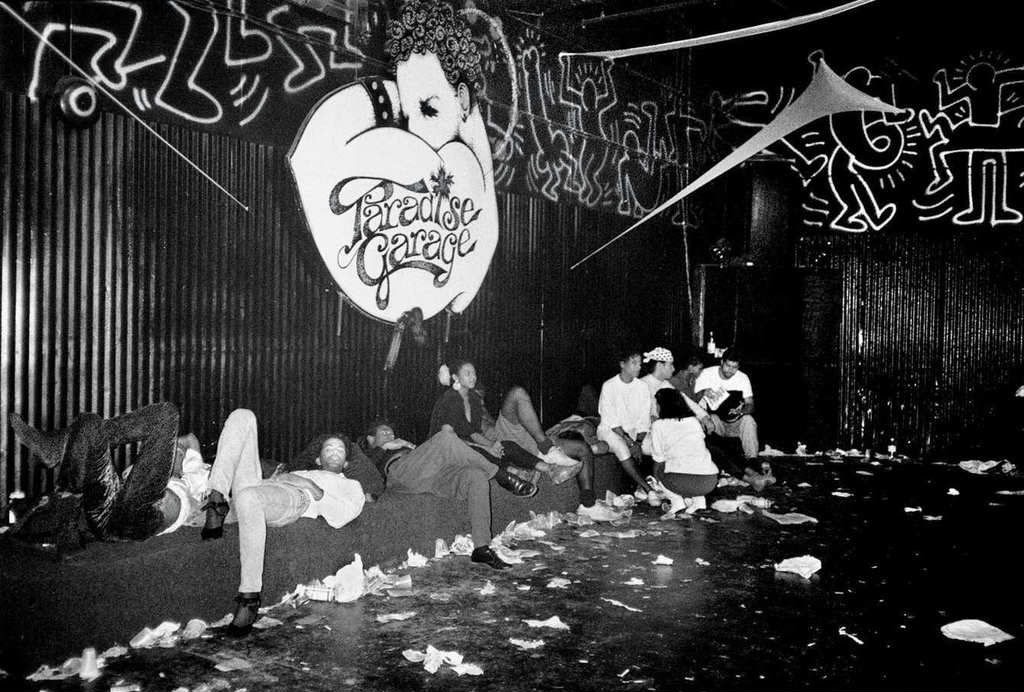
Stay tuned for more breakdowns of “Legendary Sound Systems” and in the meantime, we’re here to share the music, no matter what kind of system you’re working with. 5,000 square feet or 500, 3 Thorens or one Technics, Klipschorns or earbuds.
Listen to a playlist of some of our favorite Paradise Garage Classics:
Head to the playlist page for more streaming options: https://insheepsclothinghifi.com/legendary-soundsystems-paradise-garage/
In Sheep’s Clothing is powered by its patrons. Become a supporter today and get access to exclusive playlists, events, merch, and vinyl via our Patreon page. Thank you for your continued support.




